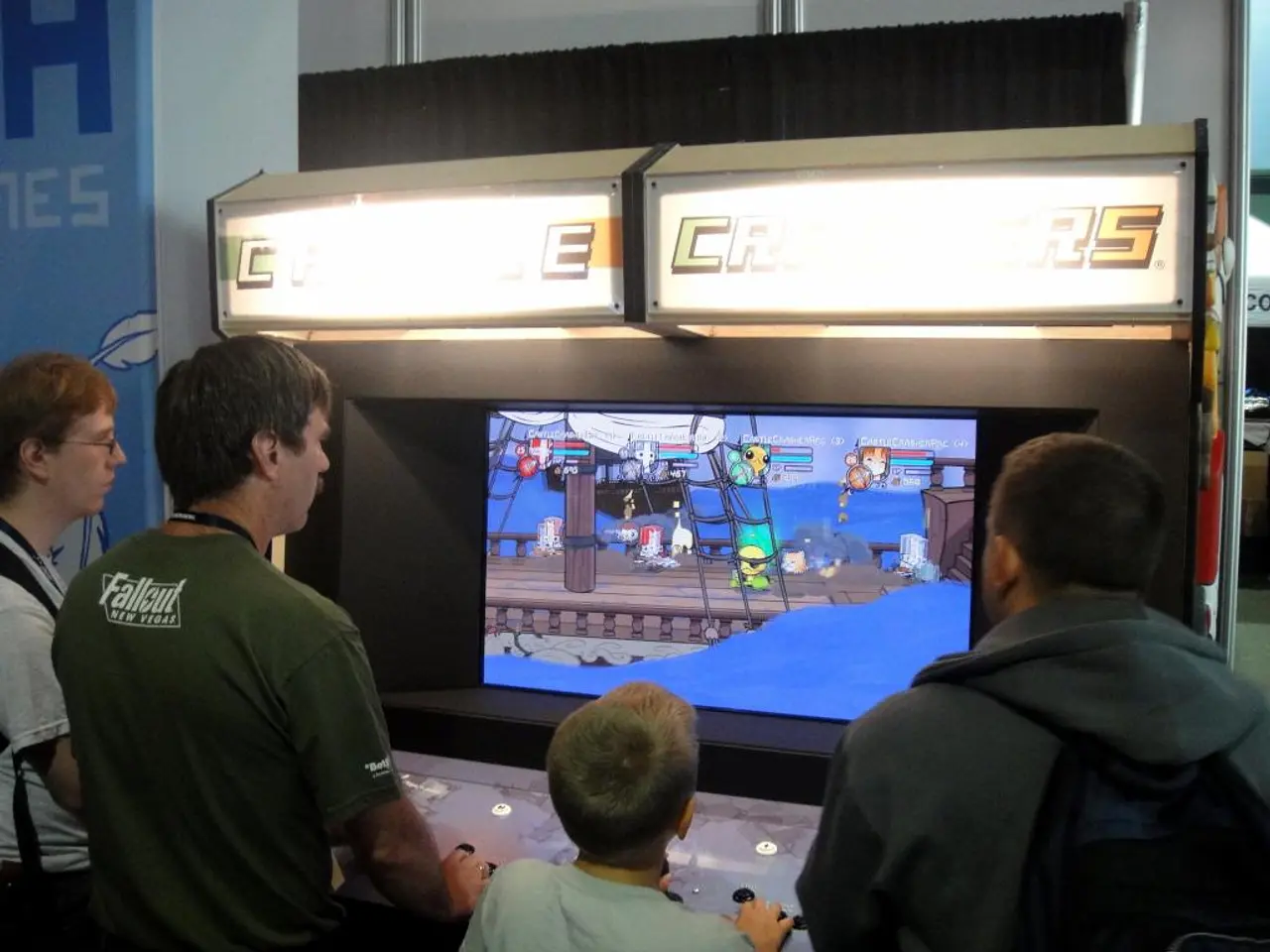Enhancing Game Accessibility: Boosting Diversity in the Nerd Community
In the ever-evolving world of gaming, accessibility is becoming an increasingly important focus. Here are some significant strides being made in the industry to ensure games are more inclusive for a wider audience.
The year 2009 marked a significant milestone with the inclusion of button mapping in the PlayStation OS version 3.1, paving the way for console accessibility features. Fast forward to 2018, and the VR game Moss was released, featuring a character that communicates using American Sign Language (ASL), breaking new ground in game representation.
More recently, in 2022, Forza Horizon 5 launched a free update including ASL and British Sign Language (BSL) signed by Deaf actors for cutscenes. The Last of Us Part II, released in 2020, boasted over 60 accessibility settings, catering to various visual, motor, and auditory needs.
To further improve accessibility, game developers and studios should prioritize education on the subject and consult with the communities they serve. This approach was seen in the 2018 release of Celeste, which implemented an assist mode, providing adjustable speed, invincibility, and level skipping for disabled gamers.
Customisability is key, and this extends to text and visual aspects of games, as well as controls that can be adjusted to the player's needs, with remapping of buttons and different input methods. For instance, the first hands-free controller was released by Nintendo in 1989, allowing players to control a stick using their mouth while blowing into a tube.
Subtitles should be included in games for Deaf, hard of hearing, and other users with hearing loss. In multiplayer mode, text chat should be an option for Deaf players. Visual cues in games should not rely on colour alone to indicate important information. Interpreted cutscenes or built-in characters that use sign language can significantly improve the game experience for Deaf players.
It's worth noting that approximately 25% of people in the United States have a disability, and globally, disabled people make up around 16%. To find games with extensive accessibility features, resources like Can I Play That? can provide valuable information.
Speech should be optional in games, not required for any portion of the game. People with cognitive disabilities may benefit from clear, readable fonts, text to speech, and simple instructions. Games can also be modified to give users options for motor-related gameplay, such as adjustable speed and cool-down periods.
The Video Communications Act (VCA) passed in 2010 outlines some accessibility regulations specific to gaming. This act, along with the continuous efforts of game developers and studios, is helping to create a more inclusive gaming environment for all.
Read also:
- High recovery rate for over 90% of patients, asserts the head physician of Almaty's 32nd polyclinic, regarding mobile treatment groups.
- Bee colonies in Zirndorf city have been affected by American foulbrood - a designated restriction zone has been established - no immediate threat to local residents.
- Federal Health Care Blueprint for 2026 Revealed by OPM Outlining Key Strategies and Objectives
- Unveiling the Undiscussed Issues of Earbuds: Revealing the Silent Reality





